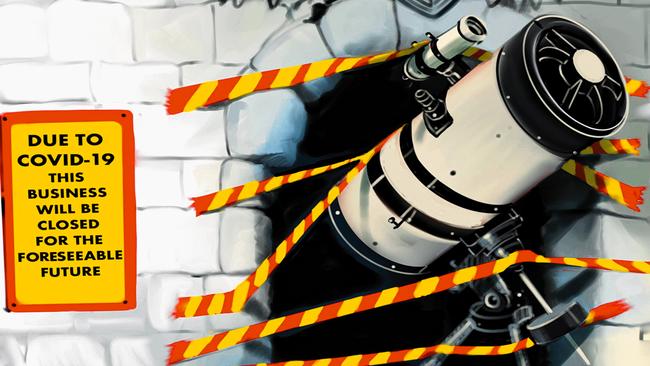
Computer modellers, like the ABC, have been found wanting in this pandemic. The reasons are not dissimilar; both are prone to selection bias, both are inclined towards omniscience and neither is afraid to go where Albert Einstein feared to tread.
Einstein once wrote that some things “were beyond the reach of exact prediction because of the variety of factors in operation”. That was in 1930, however, before the invention of the Excel spreadsheet, a tool that allows us to forecast with unwarranted certainty on subjects we barely understand.

Swan was right to encourage his Twitter followers to “believe in maths not magic”. The difficulty with computer modelling, however, is that it’s hard say which it is.
Four weeks ago the Grattan Institute fuelled the rising anxiety about the spread of the coronavirus with a forecast that the pandemic would be out of control in Australia by mid-April. Grattan’s modelling was widely reported on the ABC and in Nine’s newspapers where no number is too scary to warrant a headline.
“Australia prepares for 50,000 to 150,000 coronavirus deaths,” reported the Sydney Morning Herald on March 16.
Eight days later it gave prominence to Grattan’s claim that the rate of new confirmed cases would overwhelm the capacity of intensive care units by mid-April.
Not for the first time, the apocalypse was less earth-shattering than forecast.
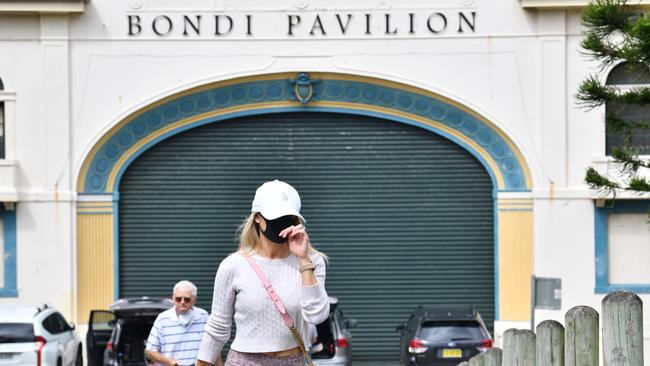
Last weekend there were 55 COVID-19 patients in acute care hospital beds, about 2 per cent of ICU capacity at the start of the crisis and less than 1 per cent of its expanded capacity.
The national death toll stood at 68, which is tragic enough, but considerably short of the SMH’s expectations. Exaggerated claims matter a lot when dealing with threats like pandemics or climate change. They can lead to expensive mistakes.
Australia was on the verge of one of these four weekends ago when the number of confirmed cases was a sixth of today’s figure, but rising too fast for comfort.
State premiers felt the pressure of public opinion, animated by excitable headlines, that was pushing them to take draconian steps towards closing down the economy. Fortunately, calm heads prevailed. Calls from the business community, a voice largely absent from the debate at that point, warned of the consequences of the hard lockdown for which some were calling.
The mining, construction and manufacturing sectors felt the threat. Hardware stores feared being classified as a “non-essential” part of the economy.
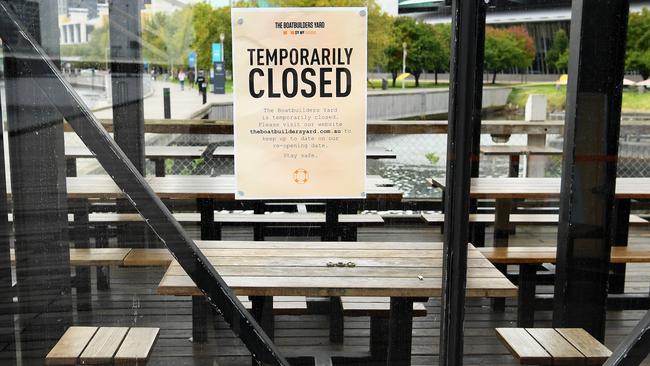
The closure of cafes, restaurants and bars under social-distancing rules has been serious enough. So has the closure of our borders.
In the light of what has happened since, however, these were not unreasonable steps to stop the exponential growth in infection. Neither should they be lightly abandoned so long as the threat of a second wave remains.
Yet the disproportionate measures Grattan and others were demanding, many of which have been adopted in New Zealand, would have been a catastrophic error of judgment. We must remind ourselves that the public policy aim was not human immortality, nor the protection of the population from contagious disease. It was to maintain the integrity of our health system, a goal the federal government has achieved by taking practical steps to increase the supply of acute-care beds and reduce demand, without tightening the noose around the economy.
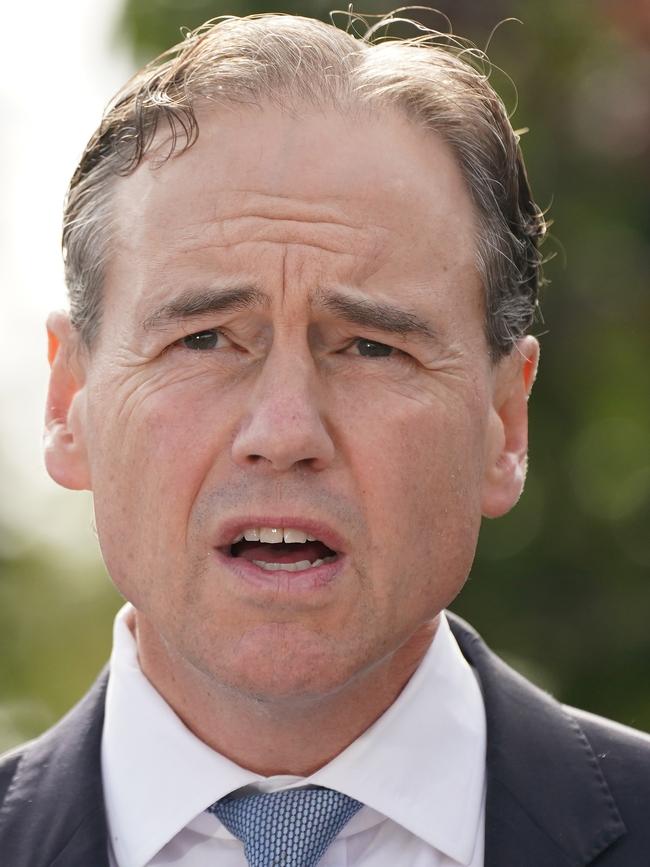
The role of Health Minister Greg Hunt, rightly praised in the memoirs of a former prime minister for calm management of his portfolio, will one day be recognised as critical to our ability to rise to the challenge.
One might have hoped that the calls for Australia to commit economic self-harm would have subsided by now. Sadly they have not. Last week the Grattan Institute was at it again, urging that the present restrictions remain in place for at least three more months.
It would, Grattan admitted, carry big short-term economic costs, shaving six percentage points off Australia’s annual GDP.
But that’s OK, two of the centre’s researchers wrote last Thursday, because businesses and individuals could be kept afloat with the government support.
Modelling our economic future is no less difficult than modelling the spread of the virus. No offence to the OECD, which came up with the much-quoted figure of a 2 per cent hit to GDP for every month of restrictions, but it amounts to little more than an educated guess.
The atomised supply chains in today’s globalised economy make its interdependencies far harder to map than they were in 1958, when Leonard E. Read wrote his famous essay tracking how pieces of cedar wood, zinc, copper and graphite miraculously combined to produce a pencil.
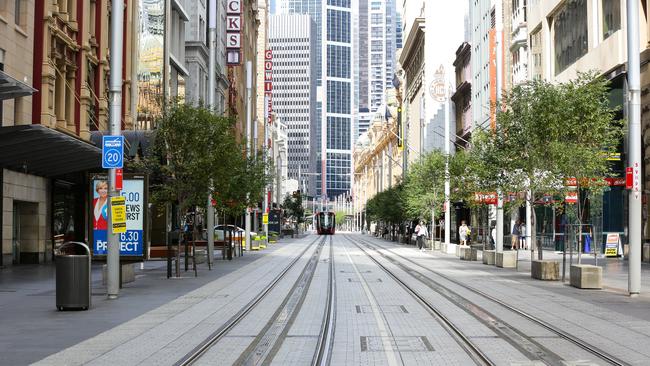
What we do know, thanks to modelling somewhat more robust than that others have relied upon, is that the path out of the anticipated recession grows steeper and longer every day the restrictions stay in place.
We know that $150bn in government support will not be enough to save every business, let alone every job.
Few of those who argue that normal business activity can resume only when COVID-19 infections have been eliminated altogether are dependent on the productive economy, the part that must survive on its wits rather than handouts. That distance encourages the heedless attitude to economic outcomes with which we have become familiar in the climate debate, where dire predictions, each one more catastrophic than the last, are used to silence dissenting voices.
Fortunately, the immediacy of the COVID-19 pandemic allows us to apply the truth test to alarmism even as it is occurring. The experience will not be wasted if we emerge from this crisis appreciating the virtues of a proportionate and incremental response.
Nick Cater is executive director of the Menzies Research Centre.


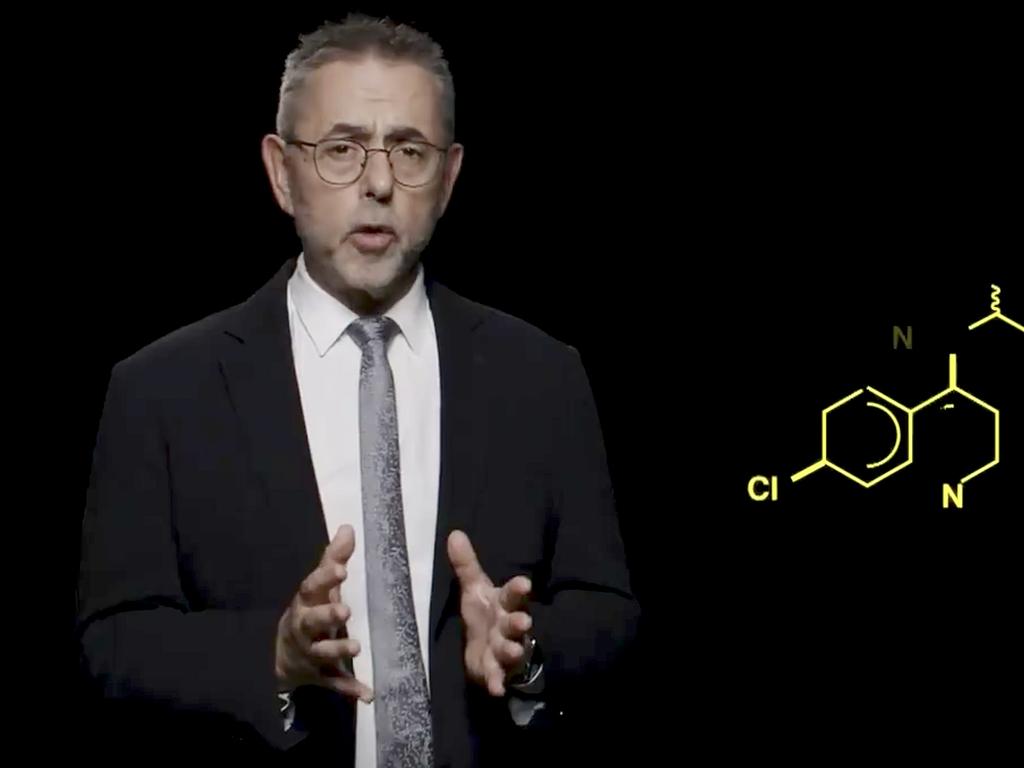





To be fair to Norman Swan, he wasn’t the only one to caution that unless we sat motionless in a corner and wrapped ourselves in Glad Wrap we’d be heading down the Italian route before we knew it.